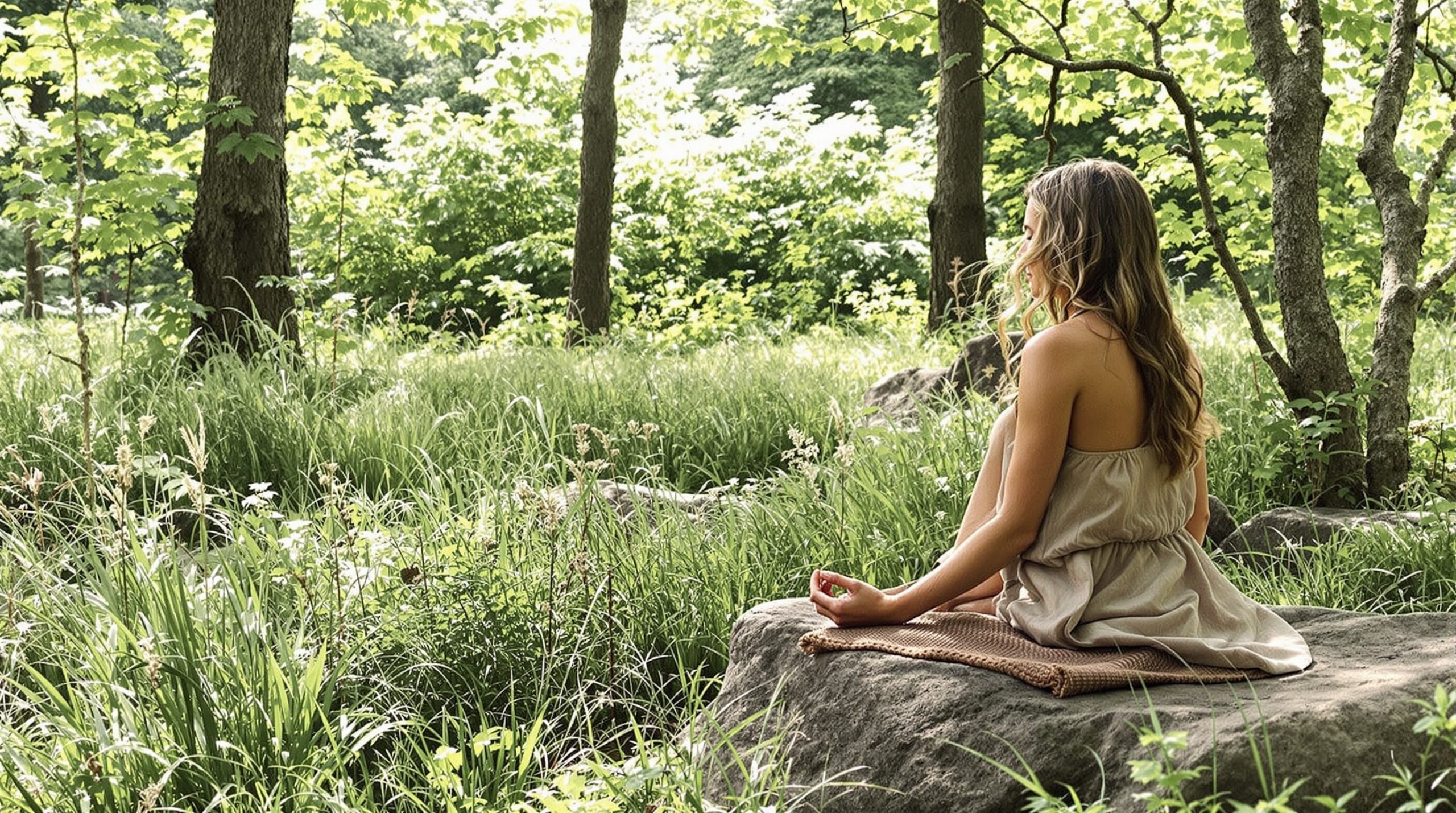In our fast-paced world, finding moments of calm can feel like searching for a quiet spot in a thunderstorm. Yet, peace isn’t something we stumble upon by accident—it’s something we can intentionally cultivate through simple daily practices. By weaving peaceful rituals into our everyday routines, we create pockets of tranquility that help us navigate life’s challenges with greater ease and clarity.
Morning Mindfulness: Starting Your Day Right
The way you begin your morning sets the tone for your entire day. Instead of immediately reaching for your phone or rushing into your to-do list, try dedicating the first few minutes after waking to mindful breathing. Simply sit on the edge of your bed, close your eyes, and take five deep breaths. Notice how the air feels entering and leaving your body. This simple act signals to your nervous system that you’re safe and present.
Consider keeping a gratitude journal by your bedside. Before your feet hit the floor, write down three things you’re thankful for. They don’t need to be profound—maybe it’s the warmth of your blanket, the sound of birds outside, or simply waking up to another day. This practice rewires your brain to notice positive aspects of life, creating a foundation of contentment that carries throughout your day.
Creating Sacred Pauses Throughout the Day
Peace doesn’t require hours of meditation or expensive retreats. It can be found in micro-moments scattered throughout your regular routine. Set gentle reminders on your phone to pause three times during your day. When the reminder goes off, stop whatever you’re doing for just one minute. Take a few conscious breaths, stretch your shoulders, or simply look out the window and observe the world around you.
Transform everyday activities into mindful rituals. When you make your morning coffee or tea, focus entirely on the process—the sound of water boiling, the aroma filling the room, the warmth of the cup in your hands. By bringing full attention to these ordinary moments, you transform them into islands of peace in your busy day.
The Power of Movement and Nature
Our bodies and minds are deeply connected, and physical movement is one of the most effective ways to invite peace into our lives. You don’t need intense workouts—even a gentle 10-minute walk can work wonders. The key is to move with intention rather than distraction. Leave your headphones behind occasionally and listen to the natural sounds around you. Notice how your body feels as you move, the rhythm of your steps, the sensation of air on your skin.
If possible, spend at least a few minutes each day in direct contact with nature. This could mean walking barefoot on grass, tending to a small plant on your windowsill, or simply sitting under a tree during your lunch break. Research consistently shows that nature exposure reduces cortisol levels and promotes a sense of calm that’s difficult to achieve indoors.
Evening Wind-Down Rituals
How you end your day is just as important as how you begin it. Create a technology curfew at least 30 minutes before bed. The blue light from screens disrupts your natural sleep rhythms, but more importantly, the constant stream of information keeps your mind in an activated state when it should be winding down.
Replace screen time with calming activities that signal to your body it’s time to rest. Try gentle stretching, reading a physical book, or practicing progressive muscle relaxation. Start at your toes and gradually tense and release each muscle group moving up your body. This practice not only releases physical tension but also helps quiet mental chatter.
Consider keeping a “worry journal” where you can write down any anxious thoughts before bed. By putting these concerns on paper, you’re telling your brain that these issues are acknowledged and can be addressed tomorrow. This simple act often provides enough mental relief to allow for peaceful sleep.
Nourishing Connections and Boundaries
Peace isn’t just an internal state—it’s also influenced by our relationships and environment. Make time each day for meaningful connection, whether that’s a five-minute phone call with a friend, a hug with a family member, or even a kind exchange with a stranger. These moments of genuine human connection release oxytocin, often called the “bonding hormone,” which naturally promotes feelings of calm and well-being.
Equally important is setting healthy boundaries. Learn to say no to commitments that drain your energy without guilt. Protect your peaceful moments fiercely—they’re not luxuries but necessities for your mental and emotional health. This might mean turning off notifications during certain hours, declining non-essential meetings, or simply giving yourself permission to rest without feeling productive.
The Ripple Effect of Personal Peace
When you consistently practice these rituals, something remarkable happens. The peace you cultivate doesn’t stay contained within you—it ripples outward, affecting everyone you encounter. Your calm presence becomes a gift to others, creating a more peaceful environment wherever you go. You become less reactive to stress, more patient with challenges, and better able to support others through their difficulties.
Remember, developing these rituals isn’t about perfection. Some days you’ll forget your morning breathing, skip your walk, or fall asleep scrolling through your phone. That’s okay. Peace isn’t a destination you reach but a practice you return to, again and again. Each time you choose a peaceful ritual over chaos, you strengthen your capacity for calm.
Start small. Choose one or two rituals that resonate with you and practice them consistently for a week. Notice how you feel. As these practices become natural, gradually add others. Over time, these small acts of self-care weave together to create a life that feels more balanced, centered, and genuinely peaceful. In a world that often feels overwhelming, these daily rituals become your anchor, always available to bring you back to a place of calm, no matter what storms may rage around you.






